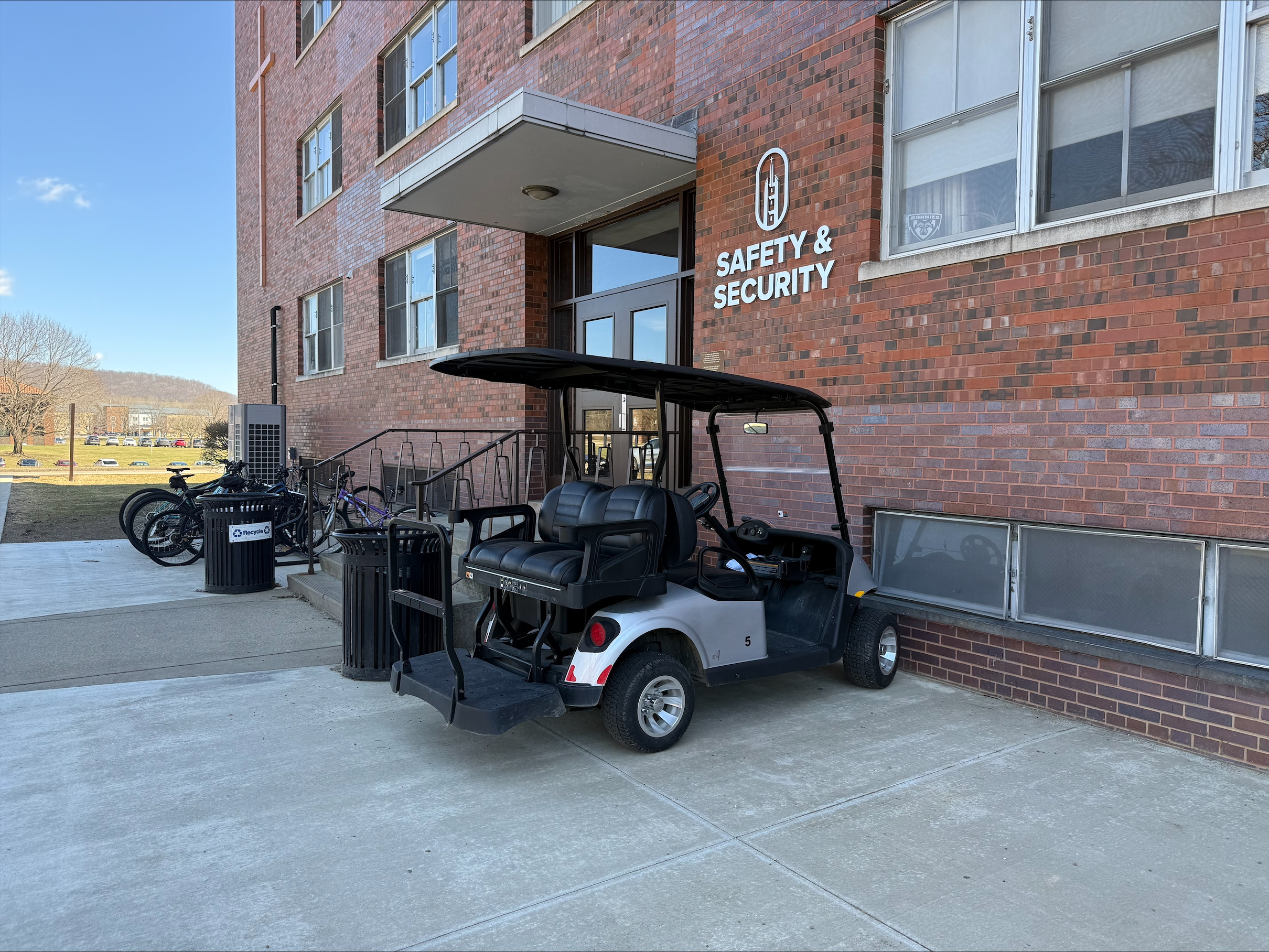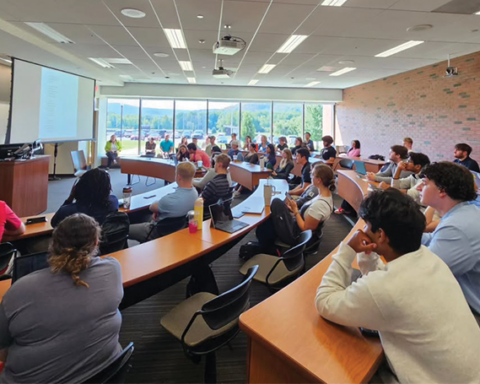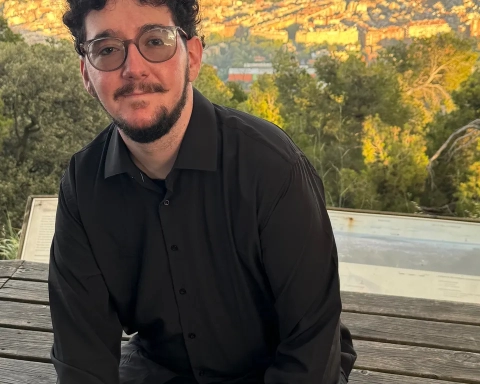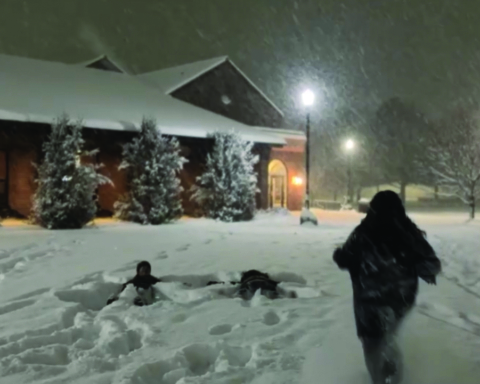On Tuesday, Bonaventure students had the opportunity to view the history of urban planning and the creation of housing projects through the latest #RaceMatters event.
“The Pruitt-Igoe Myth” is a 2011 documentary film that details the history of the Pruitt-Igoe public housing complex in St. Louis, Missouri. The film was shown in the loft of the Regina A. Quick Center for the Arts.
The Bonaventure English department co-sponsored the event. Rachel Walsh, Ph.D., professor of English, introduced guest speaker Henry Louis Taylor, Ph.D.
In addition to the film, Taylor provided a brief historical background as an introduction to the film, and led a short discussion afterwards. Taylor is the founding director of the Center for Urban Studies at The State University of New York at Buffalo, where he is also a professor of Urban and Regional Planning.
Taylor emphasized the historical importance of the Pruitt-Igoe housing project.
“This was one of the most dramatic moments in the history of the United States, Taylor said. “This is when the world you live in, the world today, was born.”
The film opens with a former resident of the housing complex, Sylvester Brown, who is returning to the site for the first time since its demolition. Brown noted the emotional significance of returning and denied police escort because he wanted to visit the vacated space alone.
After World War II, the United States experienced a large amount of technological gain, particularly in the agriculture industry. The invention of new farming technologies rendered the jobs of thousands of African and Latino Americans unnecessary. Mass groups of poor Americans fled the South to cities in the North and Midwest in hopes of finding factory jobs. Landlords and tenement owners capitalized on this mass migration, and soon there were hundreds of thousands living in dangerous, uncomfortable and unsanitary conditions.
When President Harry Truman signed The American Housing Act of 1949 into law, these Americans were enthusiastic about receiving recognition. The act specified that the government would buy out tenement apartments, eliminate them, and replace them with public housing projects.
In 1950, the Pruitt-Igoe housing complex was built. The 33 buildings were massive and modern, created by World Trade Center architect Minoru Yamasaki. The complex was built to accommodate over 85,000 families, due to overpopulation of St. Louis in the 1940’s. The buildings were initially pristine and well maintained.
Ruby Russell, a former resident of Pruitt-Igoe, has fond memories of moving in.
“When we moved in it was the most exciting thing in the world. We all had our own beds. I was so happy for my mother because she had her own room and a door that closed,” she said.
Another resident, Valerie Sims, also has fond memories.
“We moved in right around Christmas,” Sims said. “It was almost like a Christmas present.”
Despite the initial pleasant, welcoming feel, building maintenance quickly deteriorated. Government officials stated that the Housing Act had intended for the buildings to be cleaned, repaired and maintained, but the government had spent that money on construction.
According to several former residents of the complex, the dwindling government assistance and lackluster appearance of the buildings caused a lack of morale. For most of the young residents in the complex, this was the first time they had experienced the racial divide.
“We weren’t allowed to have a television or a telephone. It seemed to strategically plan to create an inhuman environment,” one resident said. “When we were finally allowed to have a TV, I remember watching sitcoms. I thought ‘This is the way white people live.’ I didn’t think about why; I just knew it was different.”
Although the racial divide came as a shock to many, it quickly spread to become the American norm. Public housing began in the midst of the segregation debate, and as African Americans entered the cities in a mass exodus, upwardly mobile whites left the cities to live in massive suburban developments.
The migration of white Americans to the suburbs was mostly credited to the fairly inexpensive costs of buying suburban homes, but racism also played a key role.
“I don’t feel like they [African Americans] should be oppressed, I just couldn’t live with them,” one white suburban homeowner said. “I moved here because it’s a white community.”
Both Taylor and the residents interviewed in the film believe that the government had planned systematic racism by keeping housing.
According to the film, the projects were imagined as “white or black” because they were built while segregation was legal. Cities were strategically planned to separate blacks and whites, and to keep minorities contained in undeveloped and dangerous conditions in public housing in the cities.
After the film ended with the destruction of the Pruitt-Igoe housing complexes in 1972, Taylor led a brief discussion with the audience.
 “This was systemic, structural racism built into the very way we built cities and chose to operate them,” he said.
“This was systemic, structural racism built into the very way we built cities and chose to operate them,” he said.
rootcm14@bonaventure.edu





